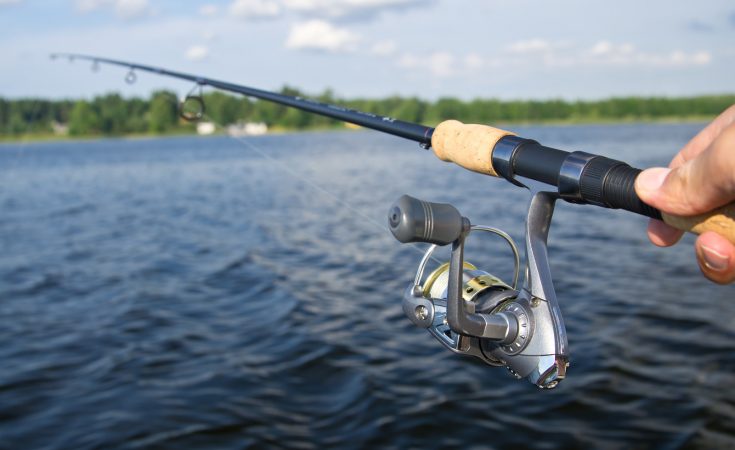Best rod guides for braided line
Whether you’re fishing the flats or targeting deep-water spires, a braided line is the best rod to use. That’s why we compiled this guide to get you started with the right rod guides.
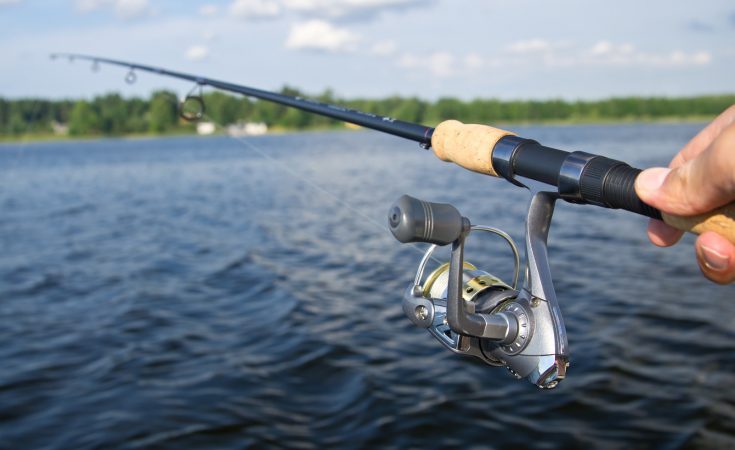
If you’re looking for the best rod guides for braided line, you’re not alone. With so many different brands on the market, it’s hard to know what’s right for you. And some of those rods will probably end up in the trash bin before you even get them home. So I did some research on rod guides to try to give you an idea of what works best. You should think about your style of fishing first. It is easier to fish with a light rod than it is with a heavy rod. Different kinds of baits are used for bass fishing. Some of them are artificial worms, frozen shad, and live bait. You should make sure that you choose a rod that will be able to handle the weight of your baits. You should also think about the size of the hook. You can use different sizes of hooks, but you should make sure that the size of the hook is appropriate for the weight of the baits.
The best rod guides for braided fishing lines are the ones that don’t interfere with the natural movement of the fish. Let’s look at what to avoid when it comes to fishing with braided lines.
Will braid damage rod guides?
You’ve probably heard of a rod being cut on the handle and the resulting damage called “bait poisoning.” But how often do you hear of a rod break and the damage called “braid poisoning”? Braid is usually used for tying a fly or fishing line to the leader, and it’s a very flexible material. If it gets wet and then dries, it tends to shrink a bit and become brittle. That means that if a rod guide gets wet, then the guide itself will begin to crack when the rod dries. This is why it’s so important to take care of your equipment.
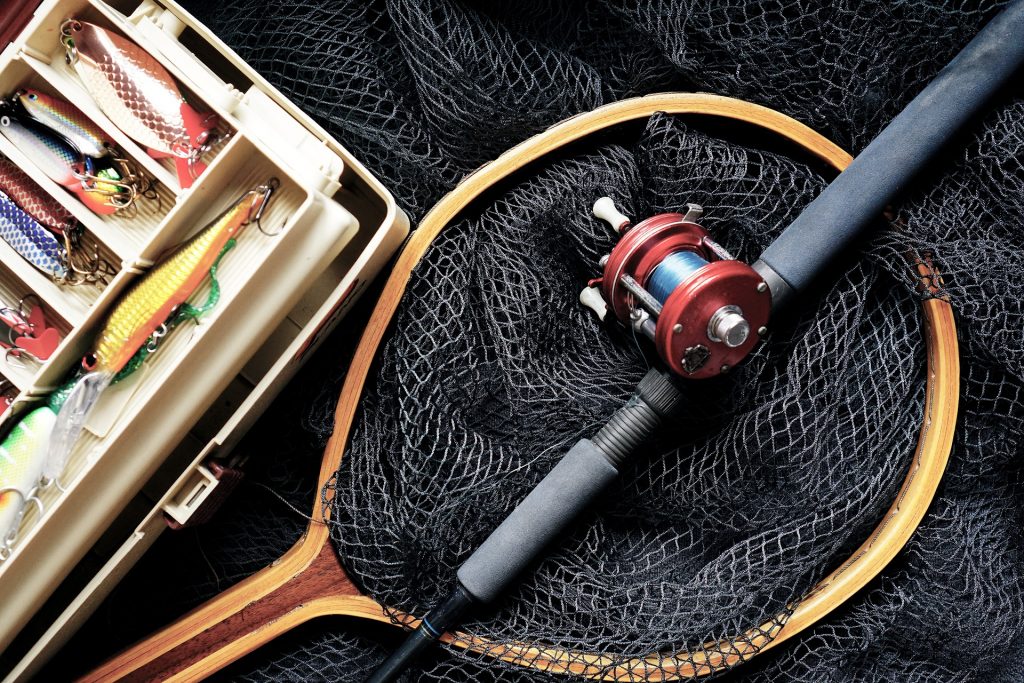
When using a fly rod or a spinning rod, it is important to keep the guides clean. If you don’t, they will become damaged and eventually break. When you are done with your fishing session, rinse your hands and the guides with warm water. Be sure to keep your rods away from moisture. You can also soak them in saltwater.
If your rod doesn’t have guides, you should be careful not to expose it to moisture. Make sure that the guide material stays dry and clean. If you leave it in the rain, you can buy waterproof guide coverings. It can also be a good idea to use an anti-slip mat. When you are finished fishing, be sure to wipe down your equipment with a cloth or towel. You may also want to remove the salt from your hands with a soft rag. Keep in mind that your equipment will last longer if you clean it regularly.
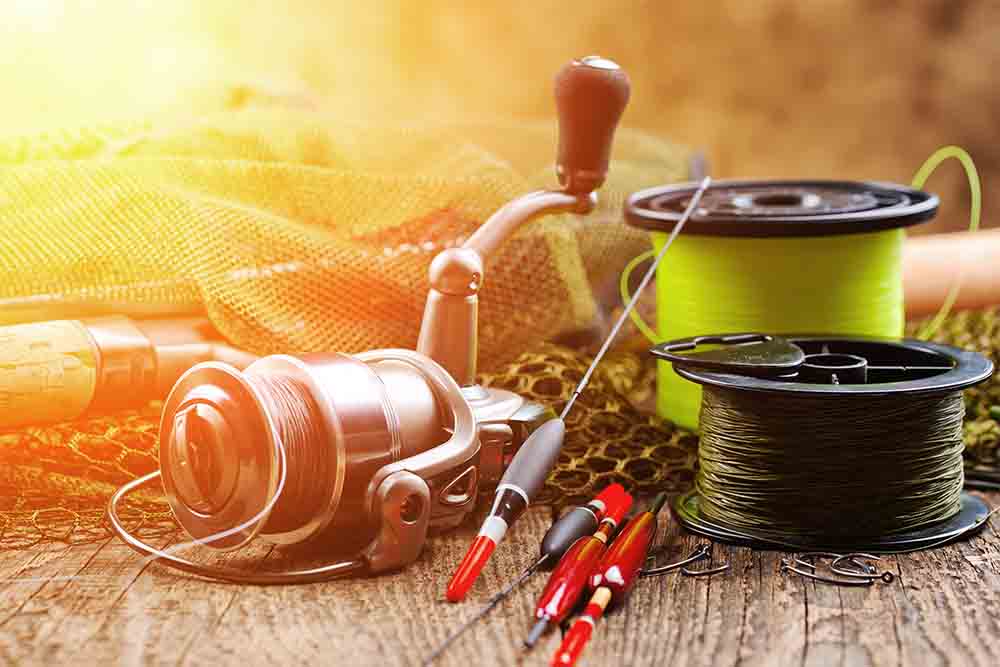
Rod guides are one of the most important components of a rod. Rod guides are designed to protect the wood of the rod from being damaged by the pressure of the line. Rod guides come in different sizes. They usually vary in length and thickness. The thicker and longer the rod guide, the more protection it gives to the rod. Rod guides come in different shapes. They can be round, rectangular, or flat. The size and shape of a rod guide will depend on how the rod is going to be used. There are also some special types of rod guides. For example, there are guides with built-in rings. These can be very helpful in helping you to attach a fly to the line.
Are Aluminum Oxide guides for braided line?
Aluminum Oxide is a very effective tool for braided line fishing, but it’s still just one of many tools out there. In my opinion, the most important tool is a solid understanding of the environment in which you’re fishing and the skill level of the angler. To be perfectly frank, most fishermen aren’t skilled enough to cast into a braid without it breaking apart, so when they catch fish, they don’t have the patience to properly hold the line in place until the fish gets tired and releases its grip.
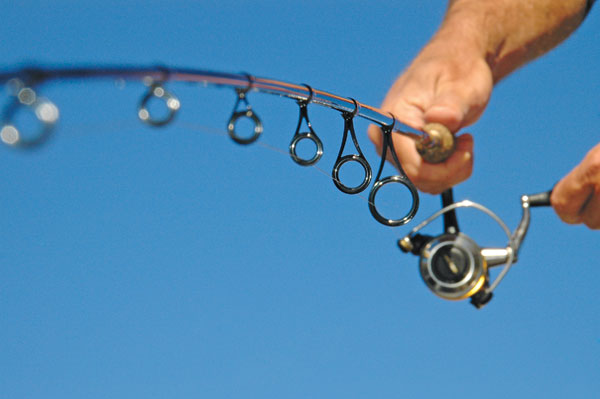
One other great thing about aluminum oxide is that it works very well for bait fishing. To be honest, most bait fishermen use aluminum oxide as a means of creating bait. You will find that most bait shanks that come with a hook already have an aluminum oxide coating. That’s why you often see bait shanks in the shape of a cylinder. Another benefit of aluminum oxide is that you can apply it to your bait shanks. You can use aluminum oxide to coat your bait shanks in a variety of ways. One way to do it is to mix aluminum oxide with water. The aluminum oxide will dissolve very quickly in the water. You can then apply the solution to your bait shank with a brush and allow it to dry. You can also use a syringe to squirt the solution on your bait shank. The advantage of using a syringe is that you don’t have to worry about wasting the solution. When the solution has dried, you can cut off the excess and attach the shank to your bait.
Are more guides on a fishing rod better?
There are four different ways to measure the impact of a guide on a fishing rod. The first is to count the number of strikes that occur when using a particular rod depending on casting distance. The second is to observe the number of fish caught over some time when using the same rod. A third method is to count the number of times the rod breaks while fishing. Finally, by reading fuji alconite guides, it’s possible to estimate the money spent on a rod based on the price of the rod, its weight, and the length of the line used.
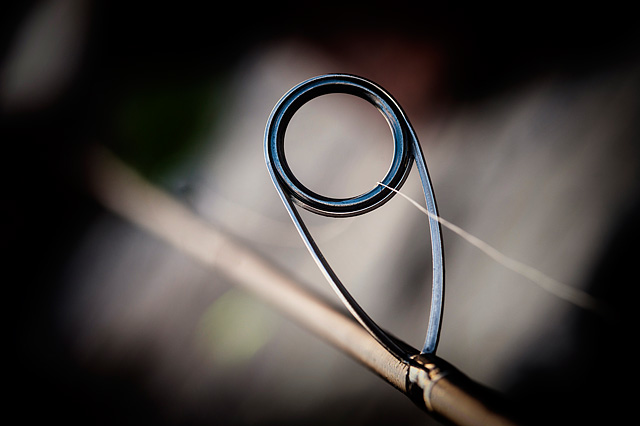
It’s important to buy the right rod for the right kind of fishing. For example, if you like to catch trout, you should use a heavy rod with a lot of strength for a braided fishing line. You also need to be aware that most rods break when they hit the water. So, you need to make sure that you buy a rod that has a high breaking point. It should also be made of good quality materials. The weight of a rod is also an important factor. The heavier the rod is, the more it will last. The type of line used is another important consideration. If you are a beginner, you may want to use a light line to practice. As you gain experience, you can add to your collection of rods by purchasing a heavier one. In this way, you will be able to get better at casting and fishing. Finally, you can base your choice of rods on the money you have to spend. If you’re willing to spend a lot of money, you can get a rod that has a great design, top-notch craftsmanship, and high-quality materials. If you don’t have much money to spend, you should consider buying a cheaper rod that lasts. This way, you won’t have to throw it away after a short time like metal guide rings. You can change the rod when you’ve gotten better at fishing.
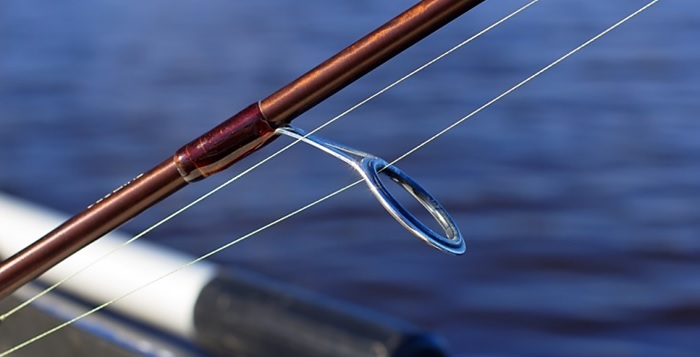
Another way to measure the impact of a guide on a fishing rod is to count the number of strikes that occur when using a particular rod. Each strike can be measured by counting the number of times that the rod bends while the fish is on the line by reading fishing rod guides. The number of strikes per hour is a good measure of how well a rod is performing. The number of fish caught over a certain period of casting rods time can also tell you if the rod works for you. In addition to those two numbers, you should also pay attention to the number of times that the rod breaks. All three of those numbers will help you to determine whether the rod works for you or not. If the rod breaks too many times, it might not be suitable for you. If the rod doesn’t break often enough, then it might not be powerful enough. The best fishing rods will last a long time with a little care.
Are Aluminum Oxide guides any good?
An aluminum oxide guide is a small strip of tape placed over the eye of the hook to help prevent snags while using a split shot rig. But is it useful? Yes and no. In theory, the material is supposed to be soft enough to not snag anything, yet firm enough to keep a fish from pulling the hook out. It’s easy to see how an inexperienced angler could be caught off guard by a large strike, especially if he or she is using a new type of rigging method. So, it’s not surprising that most people agree that the aluminum oxide guide is a helpful, if unnecessary, addition to a fisherman’s arsenal.
Aluminum oxide is extremely common unlike silicon carbide, a non-toxic, and safe material. It’s so inexpensive that you can buy it in bulk at your local hardware store or fishing supply store. You can even use aluminum foil as an aluminum oxide guide from rod manufacturers. The only problem with using foil is that it doesn’t work well. It does protect the hook, but it doesn’t protect the line, which makes it harder to control the fish and makes it more likely to break. The best material for this type of job is aluminum oxide for custom rod builders. It works but is expensive with spinning rods.


